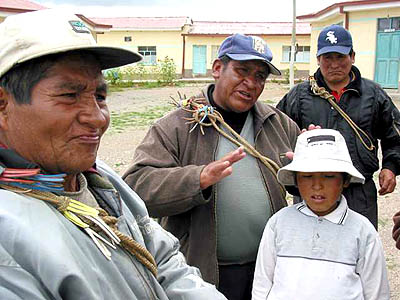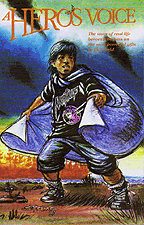According to the Intertribal Wordpath Society, only 27 of Oklahoma's 38 tribes have language speakers left. Some tribes, such as the Ottawa, Otoe, and Delaware, have an estimated speaker count of less than five each, the society says.
Grounds said those who are attempting to save a tribal language, especially in smaller tribes, face two critical hurdles--financial and cultural resources.
"Sometimes, we go to language preservation seminars and we cannot relate to them on the same page, because there are such big differences in what they can do and what we can realistically do," he said.
A successful gaming operation can bolster a tribe's language efforts. The Cherokee Nation allocated $1.4 million to its language revitalization program in fiscal year 2005 and increased that amount to $2.5 million in fiscal year 2006, officials said.








